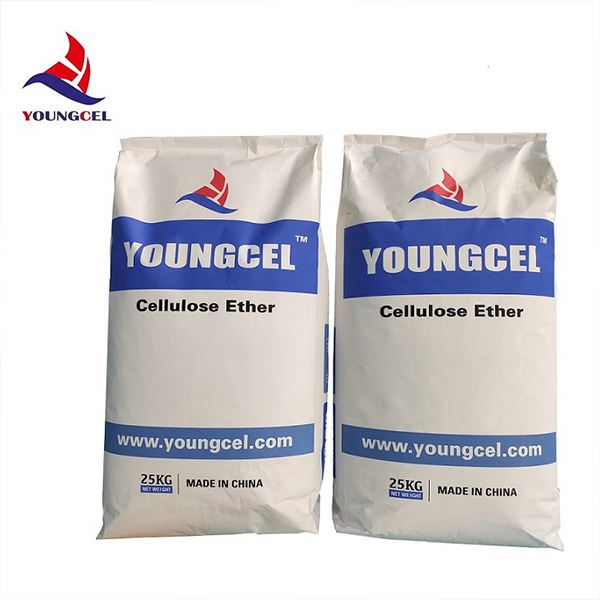The Role of Cellulose Ethers in Modern Applications
Cellulose ethers are a group of chemical compounds derived from cellulose, the most abundant organic polymer on the planet. They are formed by treating cellulose with various reagents, resulting in a variety of etherified cellulose derivatives. These compounds have gained widespread importance and are utilized across multiple industries due to their unique properties, which include solubility in water, thickening capability, film-forming ability, and non-toxic nature. This article explores the various applications, characteristics, and benefits of cellulose ethers, shedding light on why they are integral to modern formulations.
Structure and Properties
Cellulose is a polysaccharide made up of glucose units linked by β-1,4-glycosidic bonds. The modification of cellulose through etherification replaces the hydroxyl groups with an alkyl group, creating cellulose ethers. The most common types of cellulose ethers include methylcellulose (MC), hydroxypropyl methylcellulose (HPMC), and ethylcellulose (EC). These ethers exhibit different solubility characteristics, with some being soluble in cold water and others in hot water, which is advantageous in product formulation.
One of the most notable properties of cellulose ethers is their ability to act as thickening and gelling agents. When dissolved in water, they form viscous solutions which can enhance the texture and consistency of various products. Further, they can also create a gel-like structure when subjected to certain conditions, making them valuable in food products, pharmaceuticals, and cosmetics.
Applications in Different Industries
1. Food Industry
In food products, cellulose ethers serve multiple purposes. They act as thickening agents, stabilizers, and emulsifiers, helping to improve the texture and mouthfeel of food items. For example, methylcellulose is widely used in gluten-free baked goods, as it mimics the properties of gluten. It also helps retain moisture, thereby prolonging shelf life. Moreover, cellulose ethers are often used in sauces, dressings, and ice creams to provide the desired viscosity and prevent separation.
cellulos ether

In the pharmaceutical industry, cellulose ethers are mainly utilized as excipients. They serve as binders in tablet formulations, helping to achieve the desired consistency and performance of medications. Hydroxypropyl methylcellulose is particularly valued for its film-forming properties, which make it suitable for controlled-release formulations. Additionally, cellulose ethers are used in suspensions and gels for topical applications, enhancing the stability and delivery of active ingredients.
3. Cosmetics and Personal Care
The cosmetic and personal care industries also benefit from the use of cellulose ethers. They are commonly found in lotions, creams, shampoos, and conditioning agents. Their thickening and emulsifying properties help to create stable formulations with a desirable texture. Furthermore, cellulose ethers are often used in color cosmetics, such as foundations and facial powders, to enhance the product’s performance and user experience.
4. Construction Industry
In the construction sector, cellulose ethers have emerged as essential additives in cement-based materials, such as tile adhesives and plaster. They improve workability, extend open time, and enhance adhesion properties. The water-retention capabilities of cellulose ethers are crucial in ensuring that the mixtures remain workable for extended periods, allowing for easy application and better finish quality.
Environmental Considerations
Another significant advantage of cellulose ethers is their biodegradability. As they are derived from natural sources, their use aligns with growing environmental concerns regarding sustainability. Unlike many synthetic polymers, cellulose ethers decompose naturally, reducing ecological impact and contributing to more environmentally friendly practices across different industries.
Conclusion
Cellulose ethers are versatile compounds that find applications in numerous industries due to their unique properties and benefits. From food and pharmaceuticals to cosmetics and construction, their ability to act as thickening agents, stabilizers, and emulsifiers is invaluable. As industries continue to innovate and seek sustainable solutions, cellulose ethers stand out as a reliable choice that meets both performance and environmental criteria. Their growing popularity signifies an ongoing trend towards incorporating natural, biodegradable materials in modern formulations, paving the way for a more sustainable future. As research continues, the potential of cellulose ethers promises to expand even further, opening up new avenues for application and development.
-
Rdp Powder: Key Considerations for Wholesalers in the Building Materials IndustryNewsJul.08,2025
-
Key Considerations for Wholesalers: Navigating the World of Hpmc - Based ProductsNewsJul.08,2025
-
Hpmc Detergent: Key Considerations for WholesalersNewsJul.08,2025
-
Key Considerations for Wholesalers: China Hpmc For Tile Adhesive, Coating Additives, Concrete Additives, and MoreNewsJul.08,2025
-
Crucial Considerations for Wholesalers: Navigating the World of Construction MaterialsNewsJul.08,2025
-
Key Considerations for Wholesalers Sourcing Additive For Cement, Additive For Concrete, Additive For Putty from Additive Manufacturer Shijiazhuang Gaocheng District Yongfeng Cellulose Co., Ltd.NewsJul.08,2025




